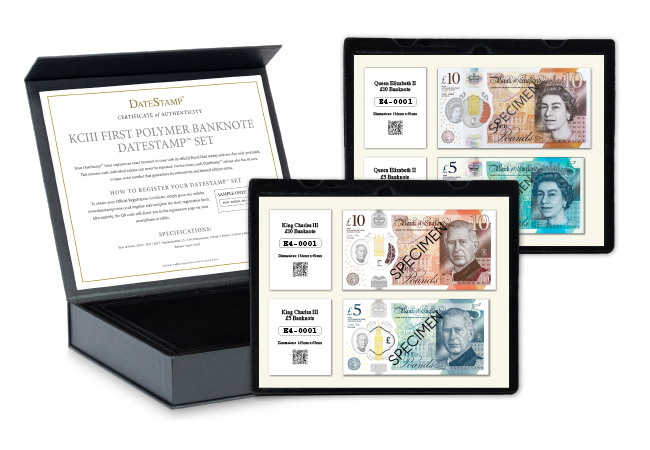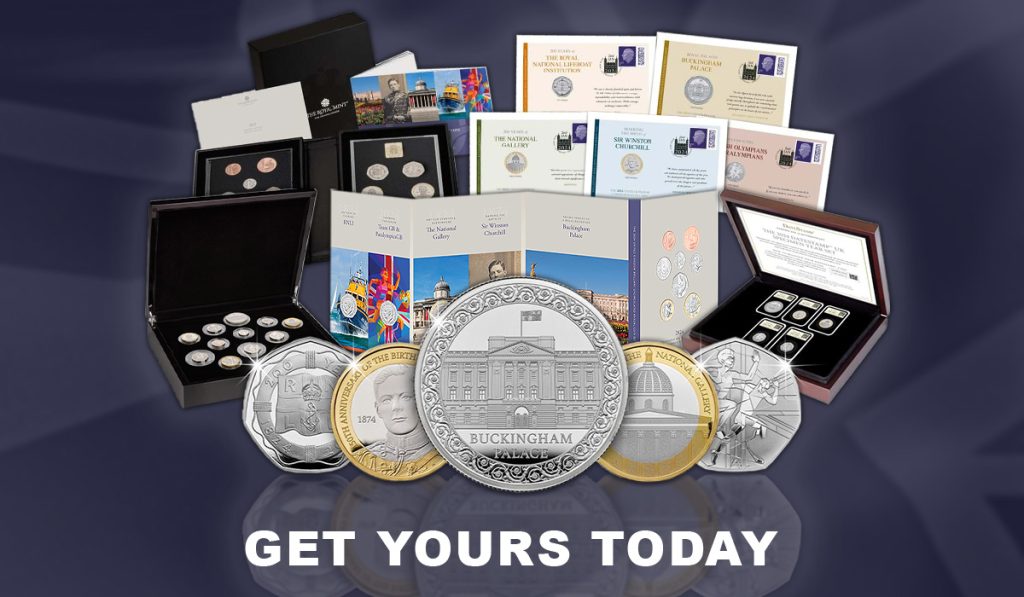Posts by Lili Ralik
The Evolution of UK Banknotes: From Paper to Precision
The history of banknotes in the United Kingdom is a fascinating journey of innovation, security, and tradition. From the earliest issues to the forthcoming King Charles III banknotes, each phase reflects the technological and cultural shifts of its time.
A Brief History of UK Banknotes
The Bank of England began issuing banknotes shortly after its establishment in 1694. Initially, these notes were handwritten, a far cry from the highly sophisticated currency we use today. By the mid-18th century, partially printed notes were introduced, with the denomination and other details filled in by hand.
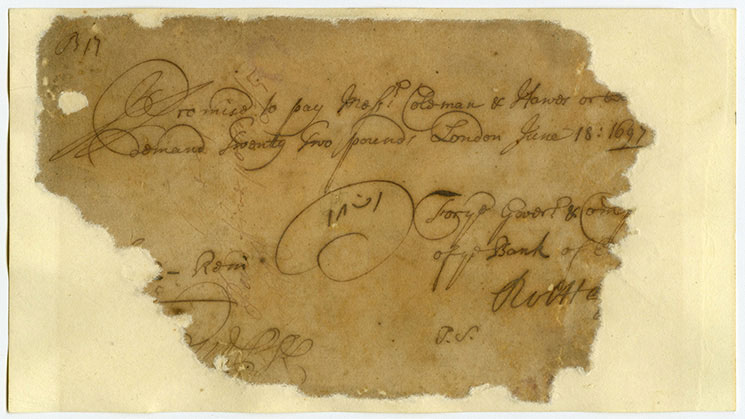
Source: Bank of England website
https://www.bankofengland.co.uk/museum/online-collections/blog/our-earliest-bank-of-england-note
The 19th century brought significant changes with fully printed notes and the introduction of standardized designs to prevent forgery. A pivotal moment in the history of UK banknotes came in 1960 when Queen Elizabeth II became the first monarch to be featured on the Bank of England notes. Her portrait on the £1 note marked the beginning of a tradition of depicting reigning monarchs on the nation’s currency, providing a sense of continuity and national identity.
Security Features: From Simplicity to Sophistication
As technology advanced, so did the sophistication of banknote security features. Early notes relied heavily on the quality of the paper and intricate designs to deter counterfeiters. However, as counterfeiting techniques improved, so too did the security measures.
Modern UK banknotes are a marvel of technology and design. Click on the dots below to explore the key security features:
Introducing the King Charles III Banknotes
In a historic move, the Bank of England is set to release the new King Charles III banknotes on June 5th, 2024. This marks the first time in over 70 years that a new monarch’s portrait will grace the currency, following the reign of Queen Elizabeth II.
The King Charles III banknotes will continue to feature the same high-security features of their predecessors and the new banknotes will initially be available in £5, £10, £20, and £50 denominations. They will circulate alongside the existing Queen Elizabeth II notes, gradually phasing out the older series as they wear out.
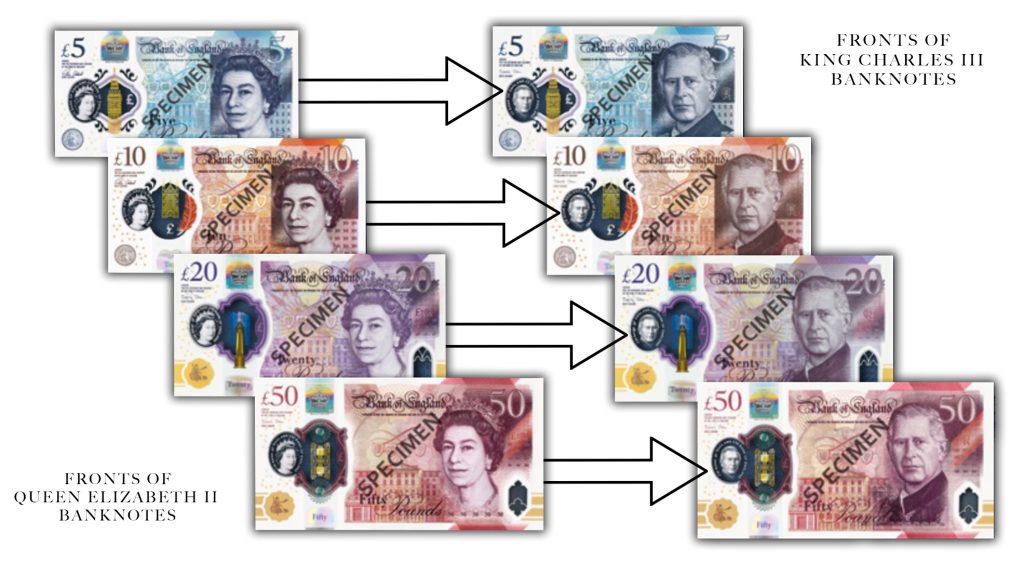
Introducing the DateStamp™ Set: Connecting the Past and Present
To commemorate this historic transition, we are excited to introduce an exclusive DateStamp™ set that brings together the past and the present of UK currency. This unique collection features the Queen Elizabeth II £5 and £10 banknotes alongside the brand new King Charles III £5 and £10 banknotes, each postmarked on the official issue date, 5th June, 2024.
You can now be one of just 2,024 collectors to own this special set.
Click here now to pre-order yours before the official release >>
The history of the iconic Buckingham Palace
Buckingham Palace has been the official residence of the British monarch since 1837, including our very own Charles III and Elizabeth II.
It is quite simply one of the most iconic buildings in the world. From state visits to the daily Changing of the Guard, to the annual garden parties and national celebrations; everyone recognises this picturesque building.
But, did you know that Buckingham Palace was initially called Buckingham House?
Read on to explore the history of this great palace, which features on a brand-new UK £5 coin…
Buckingham House – 1761
In 1761, George III purchased Buckingham House for his wife, Queen Charlotte. Close to St James’ Palace, it proved the perfect home for the Queen who gave birth to 14 out of her 15 children there.
But, with the accession of George IV in 1820, he decided that he wanted to reconstruct the house eventually agreeing with his architect to turn it into a palace.
At the time, George IV told parliament that the reconstruction would cost near to £450,000 – that’s about £55 million today!
The house was doubled in size, adding new suites and state rooms, and the facing was curated from Bath stone, echoing a French neo-classical influence.
In fact, the rooms that were designed over 200 years ago stand the same in the current day.
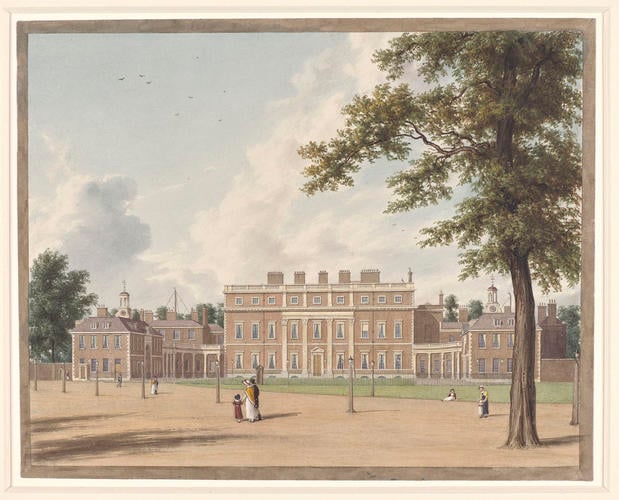
Credit: Royal Collection Trust https://www.rct.uk/collection/922137/buckingham-house-the-east-entrance-front-1819
Queen Victoria – 1837
It wasn’t until 1837, when Queen Victoria ascended the throne, that Buckingham Palace became the official residence of a British monarch.
She was the first monarch to leave from the palace for her coronation, but her marriage to Prince Albert presented some issues. Namely that the palace didn’t have enough nurseries. It therefore went through another construction phase – redesigning some of the inside alongside updating the frontage after soot had ruined it throughout the industrial revolution.

Present Day – 2024
Nowadays, Buckingham Palace is the administrative headquarters of the monarch, as well as the Sovereign’s residence. The palace has 775 rooms, including 19 state rooms, 52 bedrooms and 78 bathrooms.
Every year more than 50,000 people visit as guests for state banquets, lunches, dinners, receptions and garden parties.

Credit: Royal Collection Trust https://www.rct.uk/visit/buckingham-palace
Brand-New UK £5 Coin
To honour the incredible history and sentiment of this incredible British landmark, a brand-new UK £5 coin has been issued.
But stocks are extremely limited, especially of the rare Silver Piedfort edition of which only 800 are available worldwide.
Click here to view the range and secure your memento today >>

UK’s 2024 Annual Coins Revealed
The new year means one thing in the collecting world, new coins!
Each year, collectors eagerly anticipate the arrival of The Royal Mint’s Annual Set.
Featuring five brand-new commemorative designs, the coins celebrate some of the biggest anniversaries and events of the year.
Last year, the coins were issued for the first-time featuring King Charles III and as expected, all premium specifications sold out in a matter of hours.
Then, a little later in the year, the UK’s new circulating coin designs were revealed – again selling out and instigating a whole new wave of collectors.
2023 truly was a monumental year for coinage, and 2024 is likely to follow suit. So, let’s take a look at the 2024 coin designs…
RNLI 50p
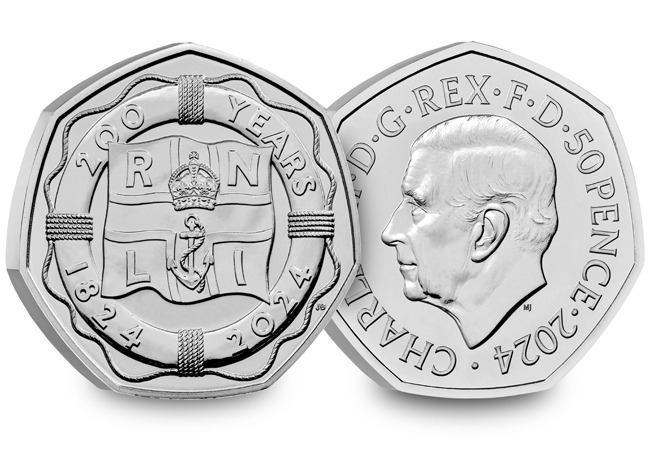
The Royal National Lifeboat Institution, otherwise known as the RNLI, was founded over 200 years ago by Sir William Hillary. Ever since, crews and lifeguards have been working hard to save lives 24 hours a day, 7 days a week.
The coin’s reverse design features some of the most recognisable RNLI symbols, with the flag in the centre surrounded by a life ring and rope.
British Olympians and Paralympians 50p
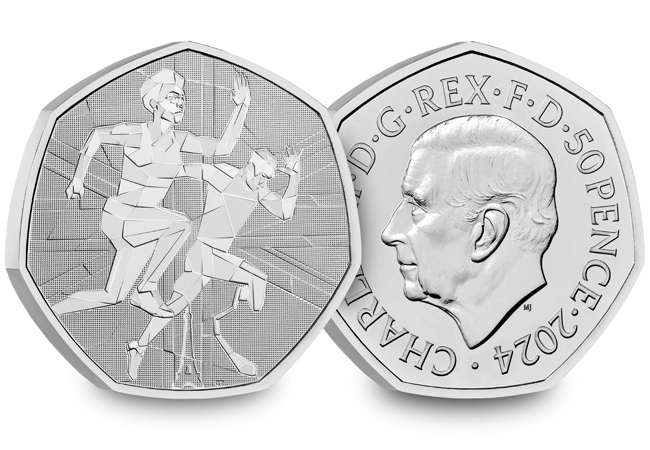
This year, the 2024 Olympics will take place in Paris, France – exactly 100 years since the city last hosted the games. The Paralympics will also be held in France for the first time, making the games the biggest event ever held in France. 202 competitors from Great Britain will participate in 17 sports, in the hopes of clinching Gold.
The coin itself features a geometric design of an Olympian and Paralympian set against the Union Jack, with a small Eiffel Tower at the bottom.
Winston Churchill £2
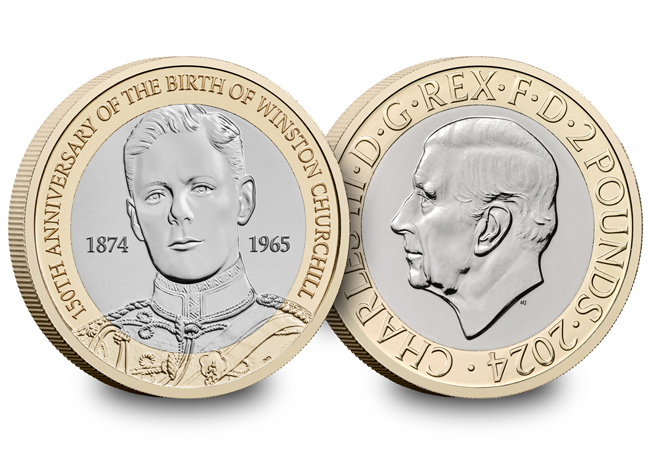
The first £2 coin in this year’s set, honours 150 years since the birth of famous politician, Winston Churchill.
Having led Britain to victory during the Second World War, Churchill served as Prime Minster twice. However, the design of this £2 coin takes us back to a younger Churchill, depicting him as a young man during his time in the Cavalry arm.
National Gallery £2
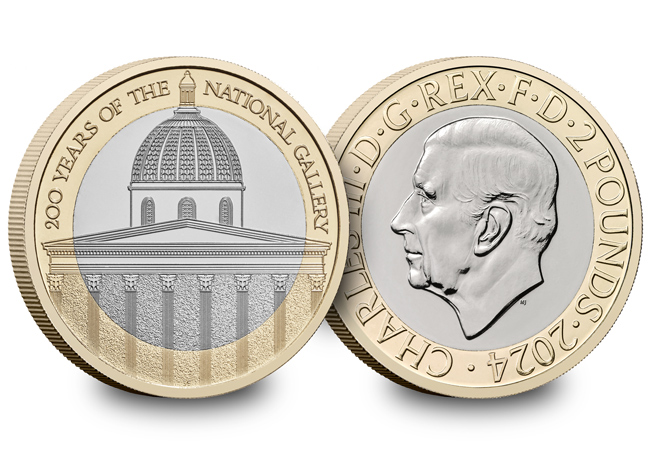
The National Gallery also celebrates its 200th anniversary on a UK £2 coin. Founded in 1824, the gallery was initially opened with the ambition of making art accessible for everyone.
Soon after, a dedicated building was commissioned and built in Trafalgar Square in 1838 – the very building that now features on the new £2 coin.
Today, the gallery holds over 2,300 paintings from renowned artists like Monet, da Vinci and Michelangelo.
Buckingham Palace £5
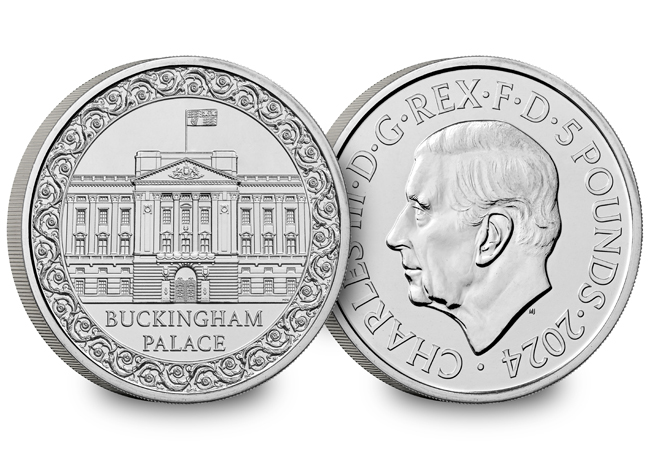
The final commemorative coin in the set features one of the most recognisable buildings in the world – Buckingham Palace. The official residence of all British monarchs since Queen Victoria, the palace is now the headquarters of King Charles III.
The Definitives
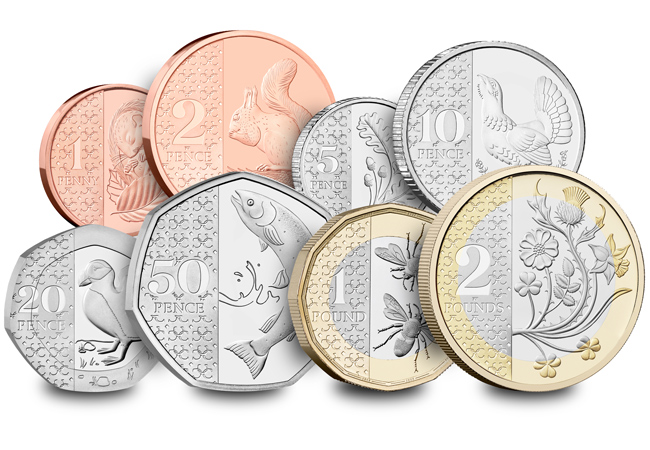
Each Brilliant Uncirculated and Silver Set will also come specially paired with the 2024 Definitive Coins. From the 1p to the £2, these coins saw a complete re-design in 2023 and are now available in the Annual Coin Sets for the first time since 2022.
How to secure yours
The 2024 Annual Coins are available in a variety of different specifications. From the official Royal Mint Brilliant Uncirculated Pack to the Base Proof edition with exclusive Royal Mint medal, to the strictly limited Silver Proof and Piedfort Editions.
There really is something for everyone, so click here to view the range and secure yours >>

